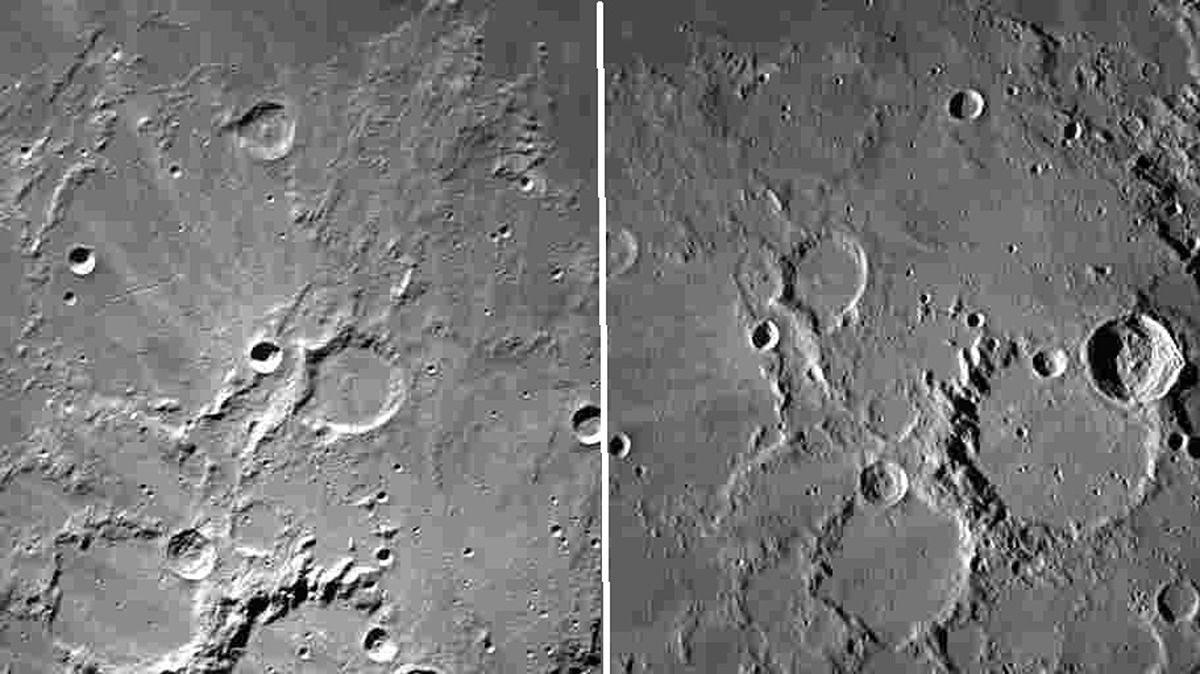After arriving in orbit around the moon on Christmas Day, Japan’s Smart Lander for Investigating Moon (SLIM) moon lander has beamed back its first images of the lunar surface.
The Japan Aerospace Exploration Agency (JAXA) revealed the monochrome but highly detailed images of the crater-pocketed moon surface on its X feed, formerly Twitter.
The images were created after the spacecraft was successfully inserted into lunar orbit at 2:51 a.m. EST (0951 GMT or 4:51 p.m. Japan time) on Monday (Dec. 25).
Related: Japan’s SLIM ‘moon sniper’ lander arrives in lunar orbit for Christmas
“SLIM successfully completed main engine injection at 16:51 and successfully entered lunar orbit! Below is an image sent from SLIM near the moon,” JAXA officials wrote.
SLIMは16時51分にメインエンジン噴射を正常に終了し、月周回軌道投入に成功しました!以下月近傍のSLIMから送られてきた画像です。 #SLIM #JAXA #たのしむーん pic.twitter.com/TeuB8OD3LFDecember 25, 2023
SLIM launched on Sept. 6, along with JAXA’s X-Ray Imaging and Spectroscopy Mission (XRISM). While XRISM remained in orbit around Earth, conducting its mission to investigate cosmic X-ray sources, SLIM left our planet for an elliptical orbit, circling the moon roughly once every 6.4 hours.
This orbit brings the lander as close to the lunar surface as around 373 miles (600 kilometers), with the spacecraft swinging out as far as 2,485 miles (4,000 km) from the moon.
The 8.8-foot-long (2.7 meters) spacecraft is set to touch down on the moon on Jan. 24. If SLIM’s lunar landing is successful, it will make Japan the fifth country after the Soviet Union, the U.S., China, and India to make a lunar landing successfully.
After successfully setting down on the moon, SLIM will verify the technology needed for landings on the moon and also solar system planets, as well as conducting up close and personal investigations of the lunar surface with a small-scale probe, according to JAXA.
“By creating the SLIM lander, humans will make a qualitative shift towards being able to land where we want and not just where it is easy to land, as had been the case before,” the space agency wrote in a mission description. “By achieving this, it will become possible to land on planets even more resource-scarce than the moon.”

Dr. Thomas Hughes is a UK-based scientist and science communicator who makes complex topics accessible to readers. His articles explore breakthroughs in various scientific disciplines, from space exploration to cutting-edge research.







